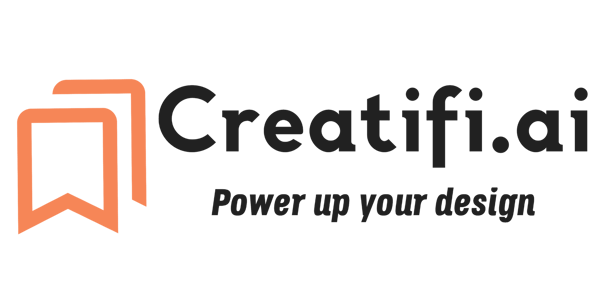Elements of a Market Research Plan Brief
Learn about the essential components of a market research plan brief, including background information, business objectives, previous research, and the competitive landscape. Ensure your research project meets your business objectives effectively.


A market research plan brief is essential for guiding the research process to ensure it meets the business’s strategic needs. It acts as a blueprint, detailing every aspect of the research project, from its objectives to the methodologies, and ensures that the research is conducted efficiently and effectively.
Detailed Elements of a Market Research Plan Brief
Background Information
To provide context for why the research is needed, the brief should include background information such as:
Market Trends and Dynamics: Outline the current state of the market, including trends, growth patterns, and market dynamics. This sets the stage for understanding the market's potential and the business's position within it.
Business Objectives and Challenges: Describe the business's objectives and the challenges it faces. This helps to align the research with specific business goals and identifies the key questions that the research needs to address.
Previous Research and Outcomes: Reference any previous research conducted and its outcomes. This can highlight knowledge gaps and inform the focus of the new research effort.
Competitive Landscape: Provide an overview of the competitive environment, including key players and their market share, strengths, and weaknesses. This helps to identify competitive threats and opportunities.
Objective Clarity with Examples
Example of Objective: If a company plans to launch a new product, an objective might be, "To assess the market demand for the new product among the target demographic of 25-40-year-olds in urban areas."
For a rebranding effort, the objective could be, "To understand the current brand perception among existing customers and identify potential areas for improvement."
Target Audience Definition
The target audience should be defined based on factors like age, location, income, buying behavior, and lifestyle. For instance, if the objective is to launch a new energy drink, the target audience might be defined as "males and females aged 18-35 who engage in regular physical activity and are health-conscious."
Methodology and Tools
Qualitative research, such as focus groups or in-depth interviews, is ideal for exploring attitudes and motivations. For example, to understand customer sentiment towards a brand, focus groups can provide in-depth insights.
Quantitative research, like surveys or observational studies, works well for gathering large data sets to identify trends or behaviors. Surveys could be used to quantify the demand for a new product feature among a broader audience.
Ideal Sample Plan Depending on the Type of Research
For qualitative research, a smaller, more focused sample is ideal, often selected for their relevance to the research question. For example, interviewing 10-15 customers who recently made a purchase can yield detailed insights into the buying experience.
In quantitative research, a larger, more representative sample is required to generalize the findings to the entire population. This might involve surveying hundreds or even thousands of potential users to statistically validate product demand.
Timeline and Milestones
The research plan should include a phased timeline, starting with the design phase, followed by the data collection phase, and ending with the analysis and reporting phase. Each phase should have clear deadlines to ensure the project stays on track.
Budget Considerations
Budgets should account for all costs, including research tools, personnel, participant incentives, and data analysis software. For instance, if using online surveys, costs might include subscription fees for survey platforms and incentives for survey participants.
Data Analysis and Reporting
The brief should detail how data will be analyzed (e.g., statistical analysis for quantitative data, thematic analysis for qualitative data) and the format of the final report. This ensures findings are presented in a manner that supports decision-making.
Ethical and Legal Compliance
The brief must address how the research will adhere to ethical standards, such as obtaining informed consent from participants, and comply with legal requirements, like data protection regulations.
The Foundation of Successful Market Research
A comprehensive market research plan brief is crucial for conducting effective research. By clearly defining the objectives, target audience, methodologies, and other key elements, businesses can ensure that their market research efforts are focused, relevant, and capable of providing the insights needed to inform strategic decisions and drive growth
